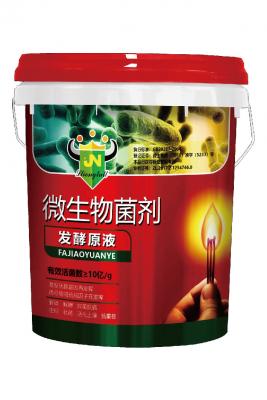How to classify animal serum
Depending on the injection of bacteria or viruses, and injection into different types of animals, antiviral serum with different immune properties can be obtained. According to market research, animal serums on the market are roughly divided into the following categories:
Porcine antiviral serum: swine fever serum, porcine blue ear serum, porcine circovirus serum, porcine pseudorabies serum, porcine parvovirus serum, porcine foot-and-mouth disease serum, swine influenza serum, etc.
Poultry antiviral serum: gosling plague serum, duck liver antibody serum, duck serositis serum, avian influenza serum, Newcastle disease serum, etc.
Bovine antiviral serum: bovine foot-and-mouth disease serum, dairy cow mastitis serum, bovine epidemic fever serum, bovine viral diarrhea serum, bovine hemorrhagic sepsis serum, etc.
Sheep antiviral serum: sheep pox serum, sheep foot-and-mouth disease serum, sheep plague serum, sheep fast disease serum, sheep enterotoxemia serum, sheep sudden gangrene serum, sheep black plague serum, etc.
Canine antiviral serum: canine rabies serum, canine distemper serum, canine parainfluenza serum, canine adenovirus serum and canine parvovirus hyperimmune serum, fox raccoon mink pseudorabies serum, parvovirus serum, Japanese encephalitis serum, etc.
Serum contains proteins, amino acids, glucose, hormones, etc., among which proteins are mainly albumin and globulin. There are many kinds of amino acids, which are the basic components of protein synthesis by cells. Some of these amino acids cannot be synthesized by animal cells themselves (called essential amino acids), and must be provided by the culture medium. Serum hormones include insulin, growth hormone, etc. and various growth factors (such as epidermal growth factor, fibroblast growth factor, insulin-like growth factor, etc.); serum also contains a variety of unknown pro-cell growth factors, pro-adhesion factors and other The active substance can promote the growth, proliferation and attachment of cells. Therefore, in cell culture, to ensure the smooth growth and proliferation of cells, it is generally necessary to add 10% to 20% serum, and animal serum can also act as a pH buffer.




